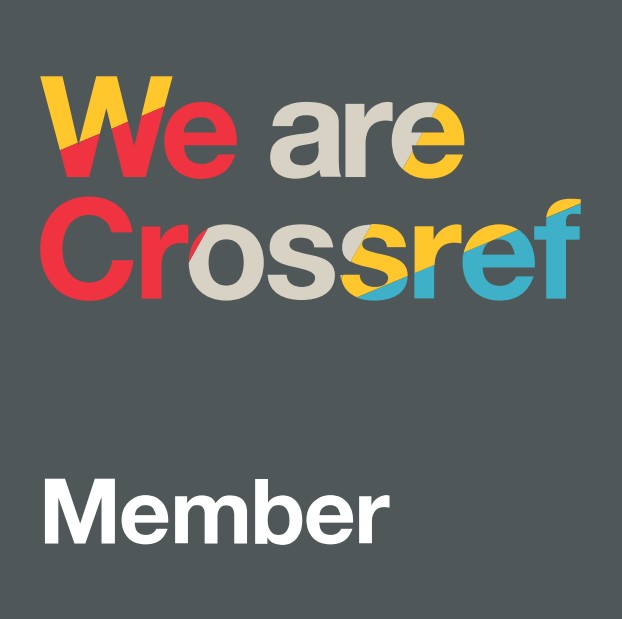Published 31-12-2024
Keywords
- canvas tank,
- patin fish,
- B40,
- halalan tayyiban
How to Cite
Copyright (c) 2024 Authors

This work is licensed under a Creative Commons Attribution 4.0 International License.
Copyright NoticeAbstract
Patin is a fish from the family Pangasiidae, living in rivers and lakes. The attempt to rear Patin in tanks is limited due to the cost and unfamiliar technique. This project investigates the possibility of a Below 40 (B40) group adopting a frugal technique to rear Patin to improve their livelihood. A total of 10 families were selected to rear Patin in canvas tanks at their homes. Each house received one set of a canvas tank (10’ x 3’ x 2’) with accessories including the submersible pump (40 watts), piping, filter box, 200 Patin fries, and formulated fish pellet. The length and weight of the fries were measured to monitor growth. The pH, and oxygen levels in the tank were measured regularly. The one-way ANOVA revealed a significant difference in DO (F (7,232) = 7.315, p < 0.001) and in pH levels (F (7,232) = 12.9, p < 0.001) throughout the study period. The fish weight and length also showed a significant difference across the tanks (F (9, 230) = 5.939, p < 0.001 and F (9, 230) = 5.637, p < 0.001 respectively). Nonetheless, there was no interaction effect of pH level and DO concentrations on fish weight and length (Two-way ANOVA, p>0.05). Other factors such as diet and routine of cultural activities could cause the above results. There is an urgent need for the participants to get continued consultation and training to improve their aquaculture skills, particularly on the critical points for a Halalan Tayyiban practice.

